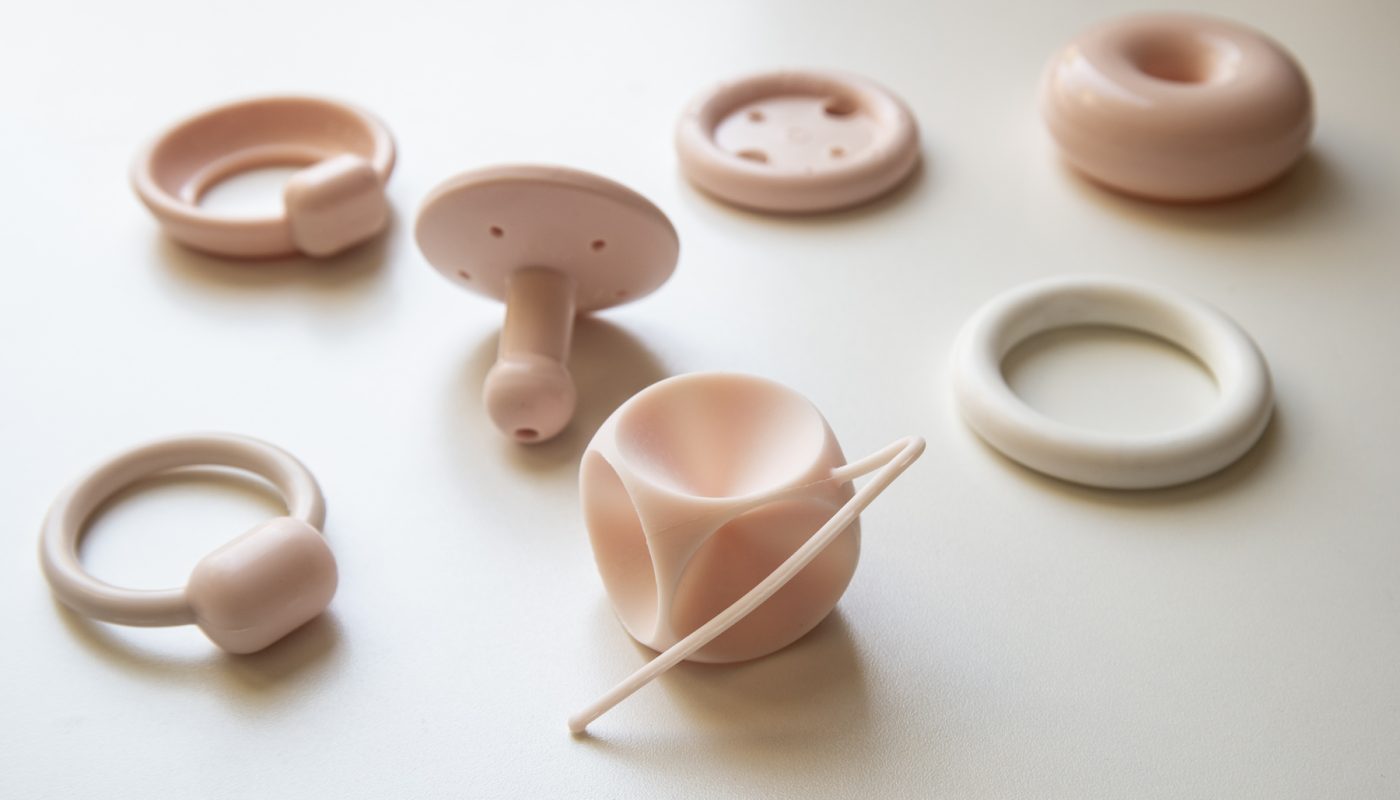Market Overview
The global Vaginal Pessary Market is estimated to be valued at US$324.87 million in 2022 and is expected to exhibit a CAGR of 10.00% over the forecast period 2023-2030, as highlighted in a new report published by Coherent Market Insights. Vaginal pessaries are medical devices used to support and treat pelvic organ prolapse (POP) by offering mechanical support to the vaginal walls. These devices are inserted into the vagina and provide relief from symptoms associated with POP, such as urinary incontinence and lower back pain.
Market Dynamics
The market for vaginal pessaries is driven by two main factors. Firstly, the rising prevalence of pelvic organ prolapse (POP) among women is fueling the demand for vaginal pessaries. Factors like aging, childbirth, obesity, and menopause contribute to the development of POP, which affects a significant number of women worldwide. The increasing awareness about treatment options and the effectiveness of pessaries in managing POP symptoms are further driving market growth.
Secondly, advancements in technology and product innovation are boosting market growth. Manufacturers are focusing on developing user-friendly and comfortable pessaries that provide effective support and are easy to insert and remove. For instance, there are now adjustable pessaries available that allow healthcare professionals to customize the fit according to individual patient needs. Additionally, the use of advanced materials, such as silicone and polypropylene, is enhancing the durability and efficacy of these devices.
Market Key Trends
One key trend in the Vaginal Pessary Market is the adoption of minimally invasive treatment options. In recent years, there has been a shift towards non-surgical approaches for the management of pelvic organ prolapse. Vaginal pessaries offer a non-invasive and cost-effective option compared to surgical procedures, making them a preferred choice for many women. This trend is expected to continue in the coming years, driven by the desire for less invasive treatments and the availability of a diverse range of pessary options.
SWOT Analysis
– Strength: Vaginal pessaries provide an effective and non-surgical solution for pelvic organ prolapse, offering symptom relief and improved quality of life for patients.
– Weakness: Limited long-term efficacy data and the need for regular maintenance and follow-up visits may pose challenges to market growth.
– Opportunity: The growing aging population worldwide presents a significant opportunity for the vaginal pessary market, as the risk of developing pelvic organ prolapse increases with age.
– Threats: Competition from surgical treatment options and the lack of awareness among healthcare professionals about the latest advancements in pessary technology may hamper market growth.
Key Takeaways
The global vaginal pessary market is expected to witness high growth, exhibiting a CAGR of 10.00% over the forecast period. This growth can be attributed to the increasing prevalence of pelvic organ prolapse and the advancements in product technology. The market’s fastest-growing and dominating region is expected to be North America, driven by the rising geriatric population and the presence of key market players.
Key players operating in the global vaginal pessary market include CooperSurgical, Inc., MedGyn Products, Inc., Thomas Medical, Inc., Smiths Medical, Milex Products, Inc., Personal Medical Corp., Panpac Medical Corp., Gyneas, Uromed Kurt Drews KG, Integra LifeSciences Corporation, Boston Scientific Corporation, Cook Medical, Medtronic plc, C. R. Bard, Inc. (BD), and Coloplast A/S.
In conclusion, the vaginal pessary market is poised for substantial growth, propelled by the increasing prevalence of pelvic organ prolapse and the development of innovative product offerings. Non-surgical approaches, like vaginal pessaries, are witnessing growing acceptance, driven by their efficacy, cost-effectiveness, and non-invasiveness. With technological advancements and expanding awareness about treatment options, the market is expected to thrive in the foreseeable future.



